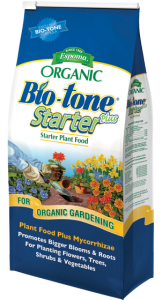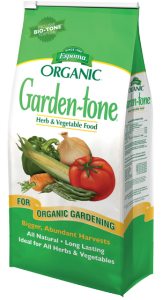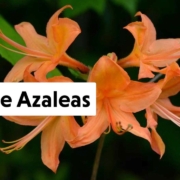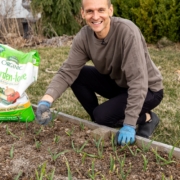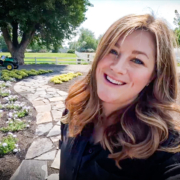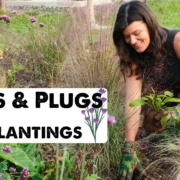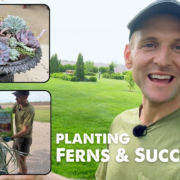Companion Planting for Beginners
Grouping certain plants together will actually help your garden in more ways than you think. Companion planting is planting things together that benefit each other.
Find out how to your plants can help each other in this tutorial with Laura from Garden Answer. She’ll walk you through the basics of what it is, how to get started and how she companion plants in her own garden.
Example One: Growth and Habit Can Benefit Other Plants
Imagine a cucumber. Think about how it vines out all over the ground. If you were to trellis the cucumber to grow somewhat vertically, it will cast shade on the ground and you can plant something underneath — think greens, spinach, or anything that enjoys a bit of shade throughout the day.
If you don’t want to trellis your cukes, you can use this example with anything that grows taller and will cast some shade — such as sunflowers or corn. Hardier, tall plants can also be used like a trellis for peas or beanstalks to wrap themselves around them.
Example Two: Plant to Suppress Weeds
If you decide not to trellis vine crops, but instead allow them to grow over the ground, these can be used to block the sunlight and water from getting into the ground. This will make new growth difficult for weeds.
Example Three: Plant to Attract or Repel Insects
You can plant herbs or flowers to attract or repel insects. It is the same concept of planting herbs on the patio to repel mosquitos. Planting them near other producing plants will help fend off unwanted insects. For example, plant basil next to tomato plants to ward off the tomato hornworm — an insect that can be devastating to tomato plants. In this example, basil will also help the tomato grow and taste better – so it is worth a try!
On the other hand, zinnias will attract ladybugs – which is a good thing! Bring ladybugs into your garden to help keep control of other insects.
Nasturtiums act as a host plant for aphids. If you need to get aphids away from other plants that are producing, plant a nasturtium nearby as a distraction.
Other ideas:
- Plant Thyme with cabbage to repel cabbage worms
- Add marigolds to repel pests with strong fragrance
Example Four: Plant with Root Depth in Mind
Be sure to consider what you are planting near each other. If you only plant shallow rooted vegetables together they will be competing for space and nutrients. Before planting, be sure to know how deep the roots will go and mix and match the ones you place together. That way each plant can get the right amount of nutrients.
Planting lettuce, tomatoes and carrots together would work well. Lettuce has shallow roots, tomatoes have medium roots and carrots are a deep root vegetable, so they will not have to compete for the same space. Let’s say you want to add in potatoes – think about where the carrots are and don’t plant them next to each other. They will be much happier next to the lettuce.
When you are considering planting for nutrients, be sure there are nutrients in the soil for your plants to take up. Before planting, add Espoma’s Organic Bio-tone Starter Plus to ensure the plants are getting all the nutrients they need to grow big and tasty. Later in the season, it is best to follow up with Garden-tone to keep plants in close quarters thriving.
Espoma Products For Companion Planting:

